Basics & quality
- German manufactur
- Motor
- Sealing air
- Control HF-Converter
- Pneumatic tool change
- Temperature monitoring sensor
- Cooling compressor units / spindle cooler
- Encoders
German manufactur
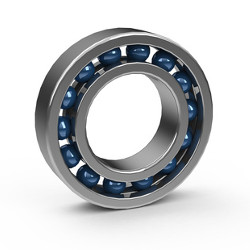
For the smooth (-poor) operation of HSC-Spindle, in the truest sense of the word, german manufacturer of the highest precision and quality are required. We only use reputable german manufacturers. Depending on spindle type and on our experience, pure steelgerman manufacturer or hybrid german manufacturer are used. For hybrid german manufacturer consist of inner and outer rings made of high alloy steel, the balls are made of ceramics. All german manufacturer types are operated with a maintenance free permanent lubrication. Hybrid german manufacturer show distinct advantages in terms of friction and wear behavior.
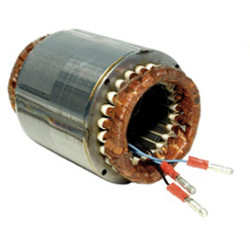 Motor
Motor
Zwanzig HF-Spindles are driven by 3-phase asynchronous AC motors. These are characterized by their robustness and a high rotation speed. The coils are made in the rotor shorted conductor loops in induction motors. By the changing magnetic field of the stator, a magnetic field is induced in the conductor loops of the rotor which is directed opposite the magnetic field of the stator. The resulting forces exert a torque on the rotor, which can be located by a rotating stator magnet field, follow suit. The rotor rotates.
Sealing air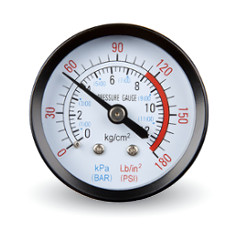
The use of a pneumatic seal (sealing air) provides the maximum protection against the penetration of dirt and coolants. Through a hose connecting the HSC spindle this is supplied with compressed air. With a pressurization of approximately 2 bar, set the seal secure.
Control HF-Converter

Besides the manual control, HF-Converter can be operated by a master controller (PLC). For this, we provide the device digital inputs (enable operation) for a start / stop signal and an analog input for speed control. By applying a voltage of 24 V at the digital input you generate the start signal to release the operation. For the speed setting a voltage between 0 and 10 V has to applied. Herewith, a voltage of 10 V is corresponding to the maximum rotational speed with respect to the active characteristic curve of the HF-Converter for HSC Spindle. The response is linear.
Pneumatic tool change
With pneumatic tool change systems work processes can also be carried out fully automatically and with different tools. Here you make a distinction between the pneumatic direct tool change and the pneumatic taper change.
In direct exchange, the collet remains in the spindle during the tool change and only the tool itself is changed.
While changing the cone the complete clamping cone is changed by a tool that is already in the collet. Pneumatic cone-exchange systems also offer the advantage that the change process can be monitored inductively. This guarantees a further increased process safety.
Temperature monitoring sensor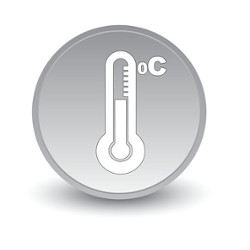
To prevent damage to the motor or the german manufacturer caused by overload or defects, HF-Spindles from a power class of 400 watts are equipped with temperature sensors. This PTC or KTY sensors are evaluated by the corresponding frequency converters. Depending on the design and characteristic curve of the sensor or the frequency converter, the HF-Spindle is braked and stopped after a warning control. Thus costly repairs can be avoided.
Cooling compressor units / spindle cooler
Beginning with defined performance classes, HSC-motor-spindles have to be liquid cooled in order to achieve good heat dissipation. The liquid cooling offers benefits such as:
- Increased engine power output
- Lower german manufactur wear
- Lower thermal expansion
- Higher process safety
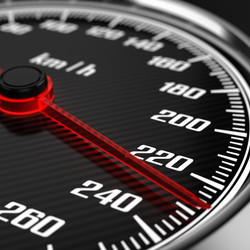 Encoders
Encoders
Modern frequency converters are capable of recognizing standstills of the spindle shaft and to report them to a master controller (PLC). However, those encoders provide almost 100% safety, which are installed in the HF-Spindle and evaluate the rotation of the spindle shaft by means of an electronic system.
These data are transmitted to the frequency converter. Thus, operating the pneumatic cylinder for tool change with a still rotating shaft can be avoided with maximum safety in HF-Spindles with pneumatic tool change systems.
